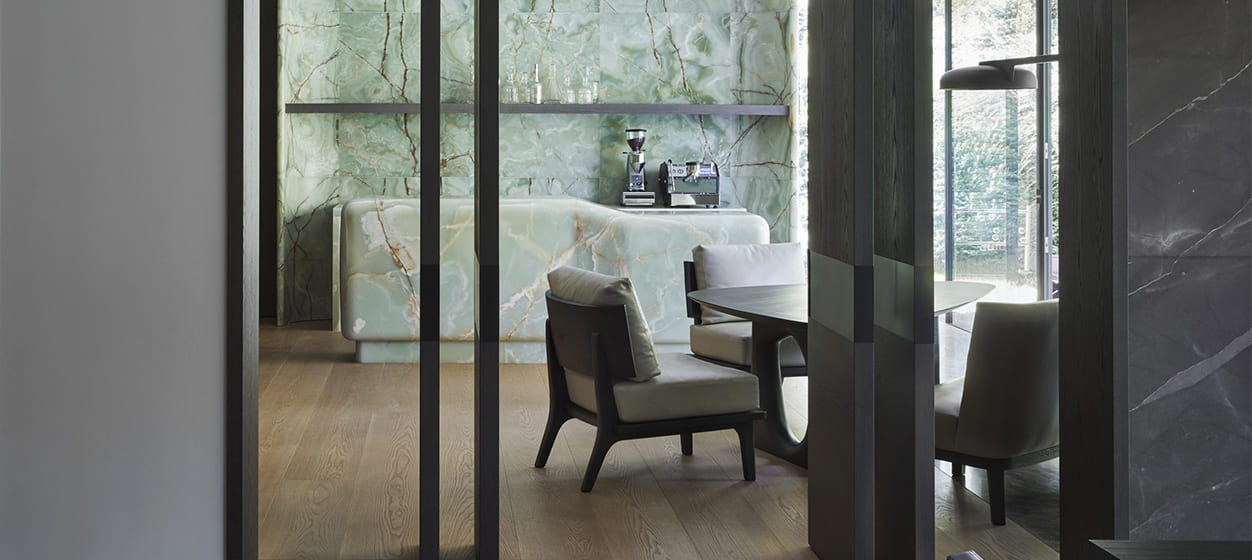Red
A strong, primary color, the ultimate color, the one whose intensity and strength surpass all others… Closely connected to the history of humanity, red leaves no one indifferent as its perception is emotional. Mention of this hue brings one back to an origin, to the collective memory of a color associated with sacredness, power, and beauty. Balanced by its associations with danger, blood, fire, and violence.
See details
A strong, primary color, the ultimate color, the one whose intensity and strength surpass all others… Closely connected to the history of humanity, red leaves no one indifferent as its perception is emotional. Mention of this hue brings one back to an origin, to the collective memory of a color associated with sacredness, power, and beauty. Balanced by its associations with danger, blood, fire, and violence. In turn, remaining consistently spectacular, ceremonial, solemn, martial, festive, and sulfurous. Red has accompanied each of us in its many forms throughout history. Its use in the domestic environment is closely correlated to these different connotations. In decoration as elsewhere, red is an asserted and assumed color whose choice is never insignificant. Part of Liaigre’s aesthetic vocabulary, red, in all its shades, theatricalizes everyday life.
Close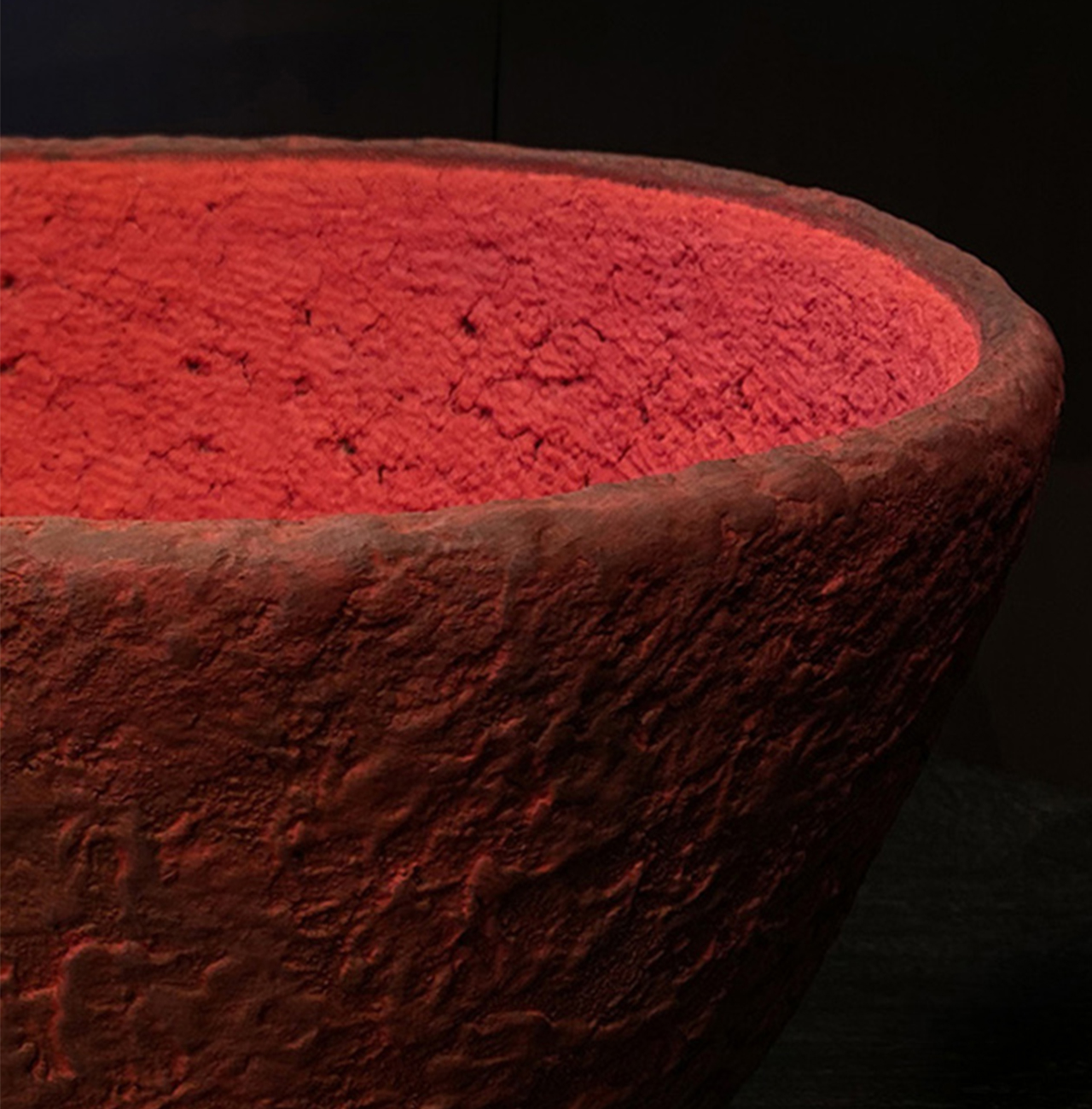
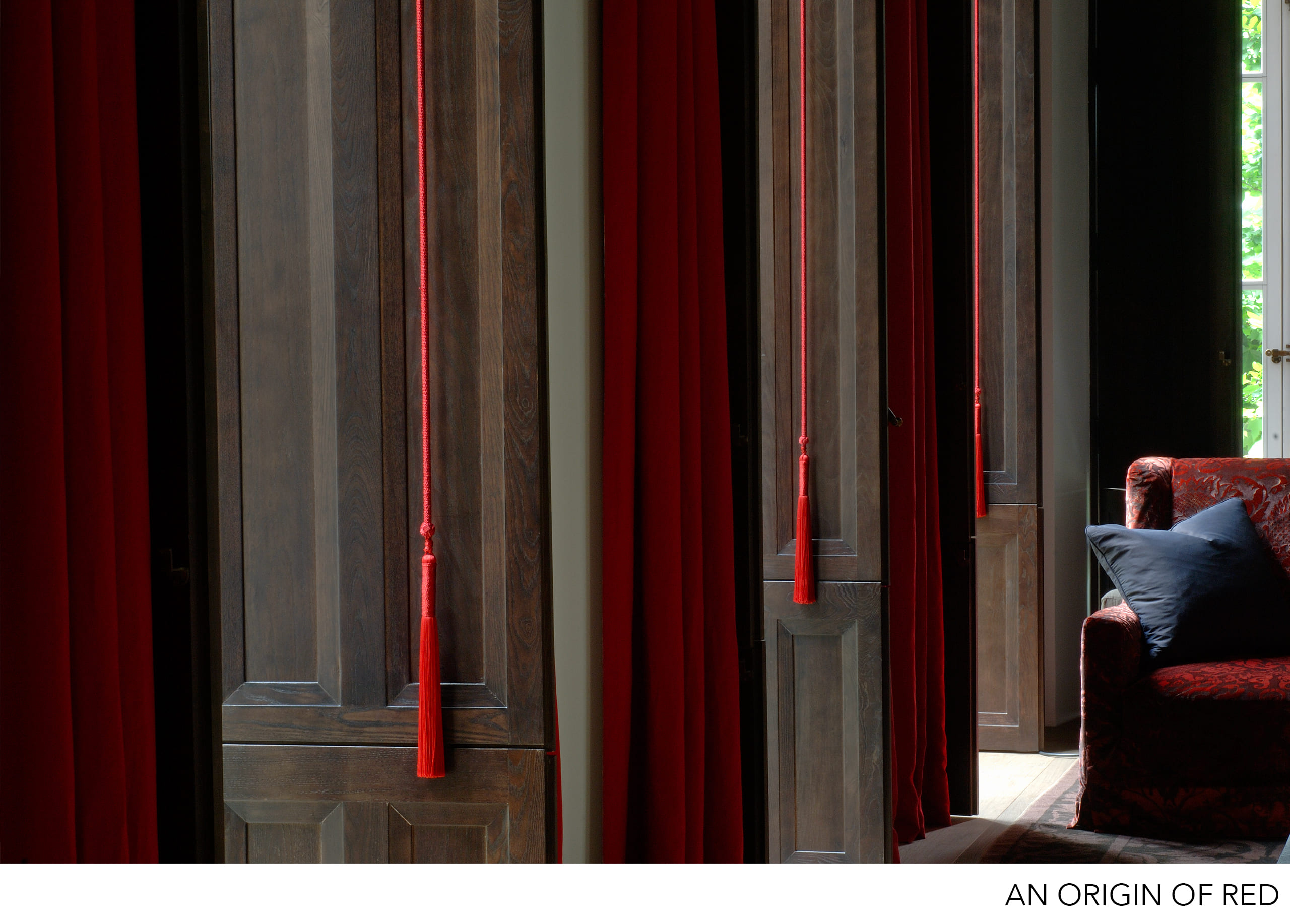
An archetypal color, red is the first color that man was able to master both for painting and dyeing. The primacy of red may be thought of as the reason why in certain languages, “red” can also mean “beautiful,” and “colored.” Since the Paleolithic era, red has been attributed to three functions, beginning with the embodiment of power and strength. The second is a cosmetic function, attributed to the ability to transform and embellish (archaeologists have discovered receptacles dating from the Neolithic period in which red products were made for adornment). Finally, it is also used to repel evil forces. Initially, red was produced from the earth’s ochre in the Paleolithic era, and later from madder (a plant) during the Neolithic era. This evolution of color was later enriched with cochineal, allowing for the red-purple of Antiquity.
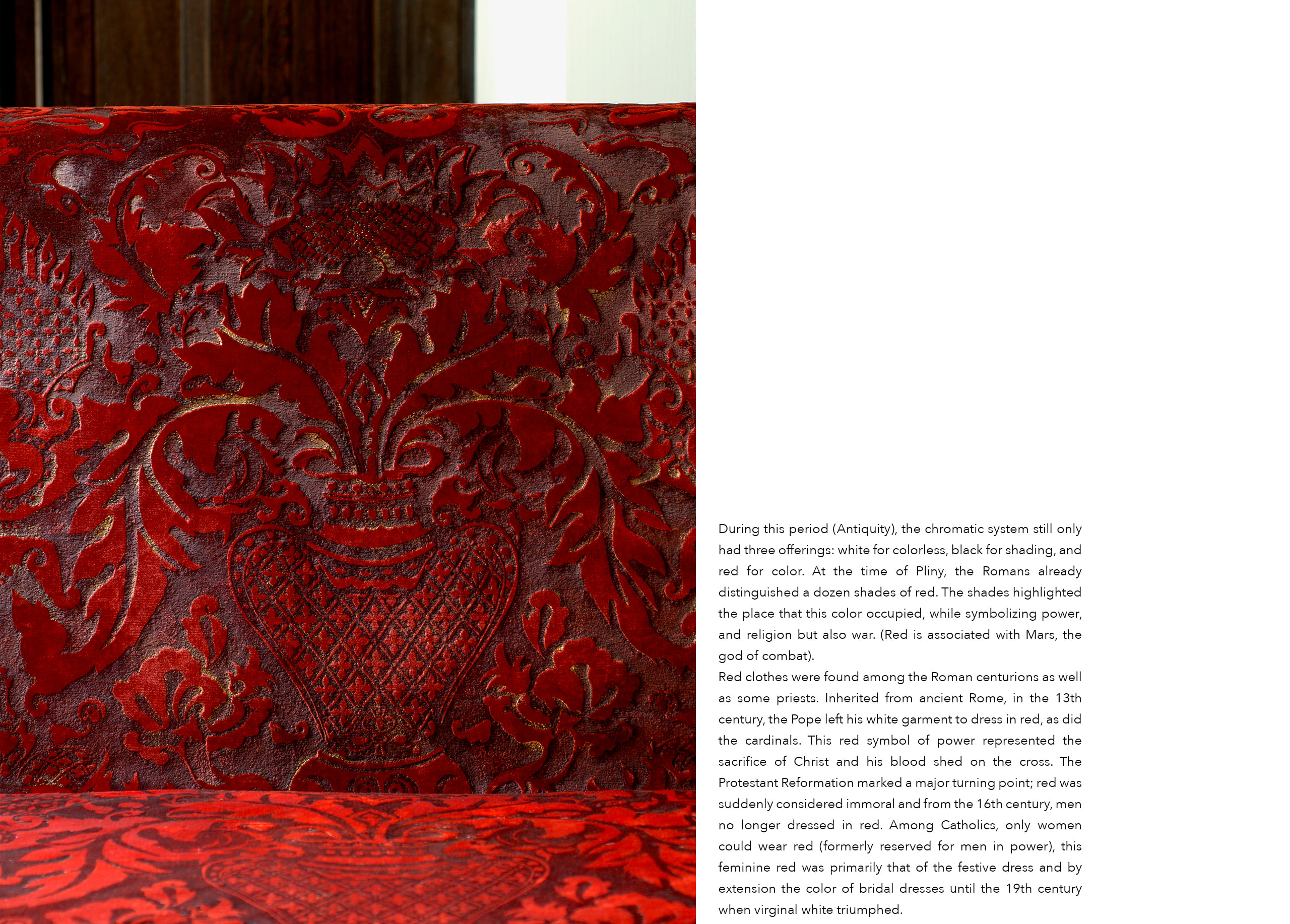
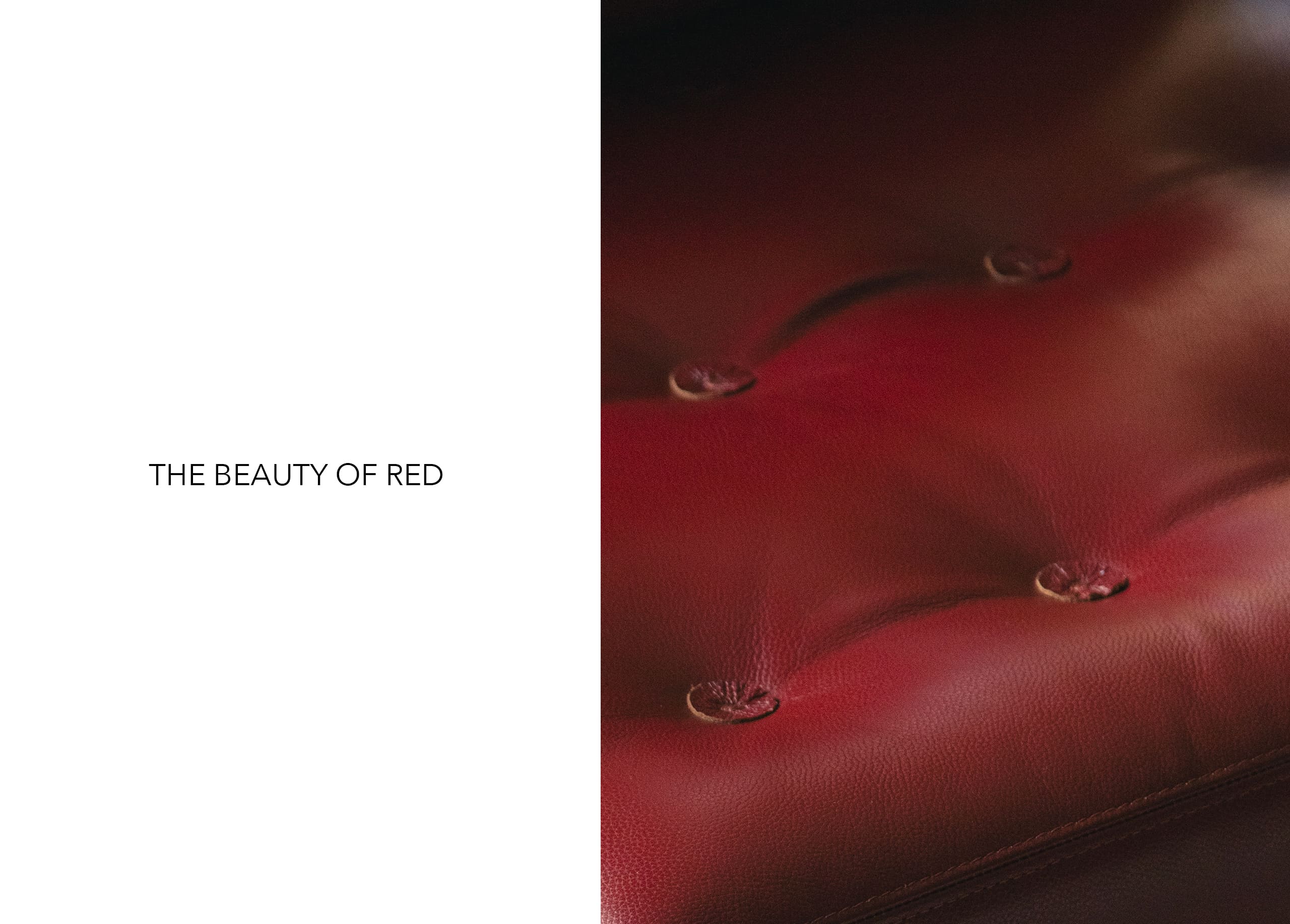
Although the perception of red has changed over time, its beauty continues to fascinate. Red is inevitably linked to the idea of the precious, the luxurious, and the extraordinary, which is what the famous red carpet signifies today. The red carpet mirrors the exceptional character of those who are invited to cross it… Both festive and solemn reds cover the halls of opera houses, theatres, and cinemas; places of entertainment that escape the everyday. In decoration, red has the same meaning,
it amplifies and gives a feeling of opulence, as found in the decor of the Second Empire with its frenzy of red hangings and exotic plants, embodying the wealth of an interior. Vermilion inducing cheerful and warm pops… Bordeaux (or purple), is deep, comfortable, and luxurious. Cinnabar is subtle and mysterious… A touch of red, whether it is an accessory or a piece of furniture, is enough to change an interior, whatever the shade.
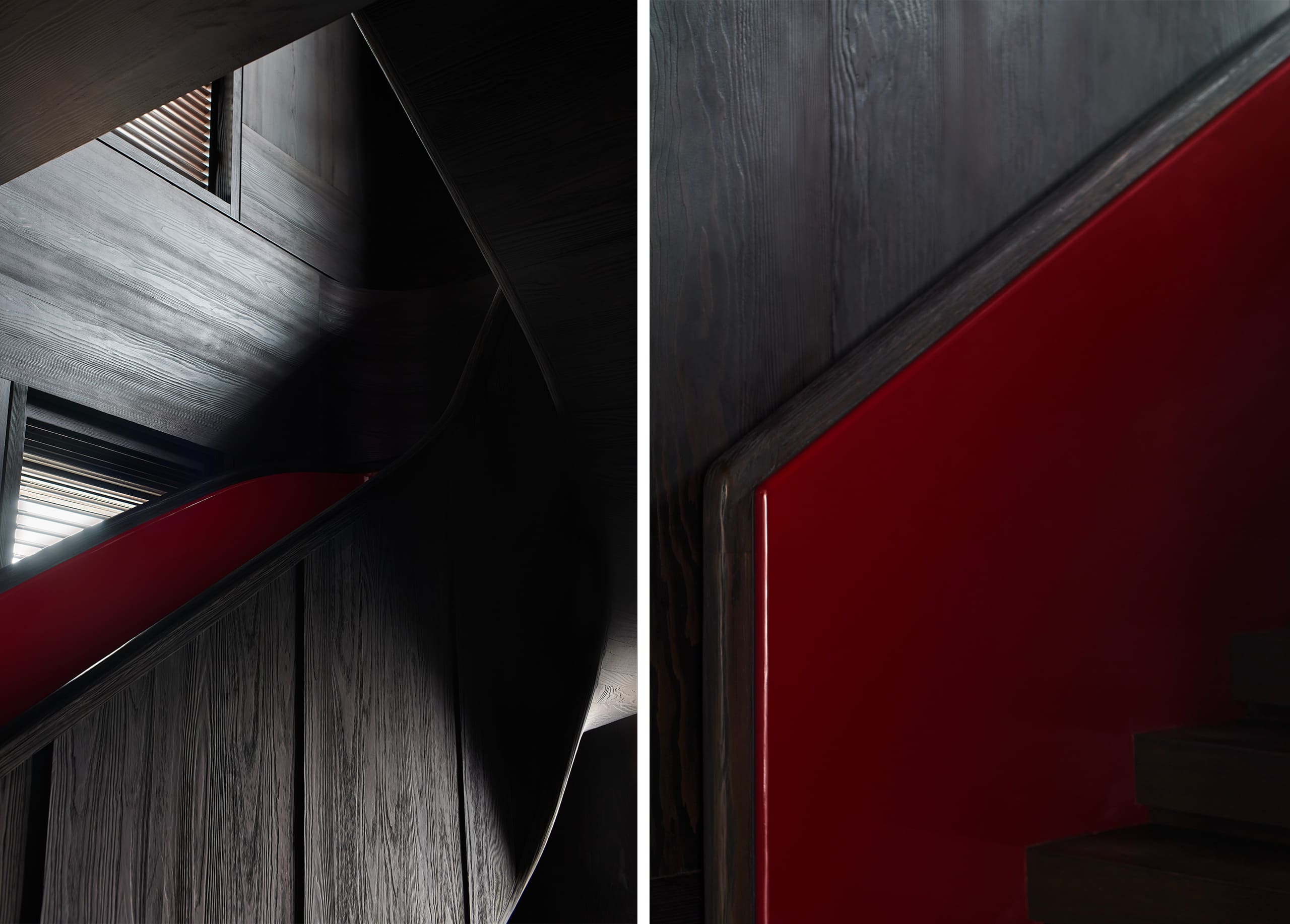
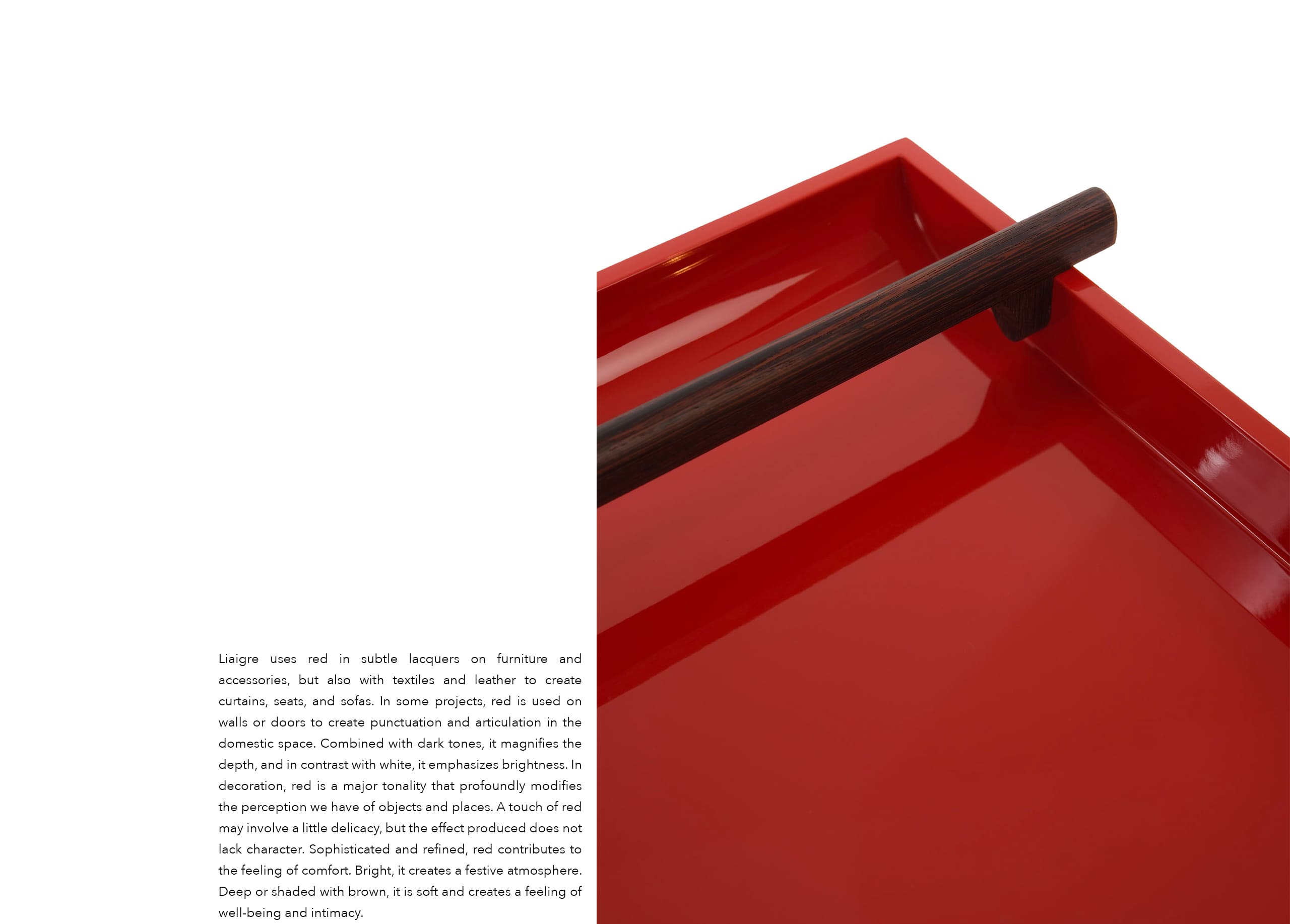
© Credits: text: Françoise-Claire Prodhon, photographers: Zu Hai, Jean-Philippe Piter, bowl (first image): Jean-François Reboul
Discover other
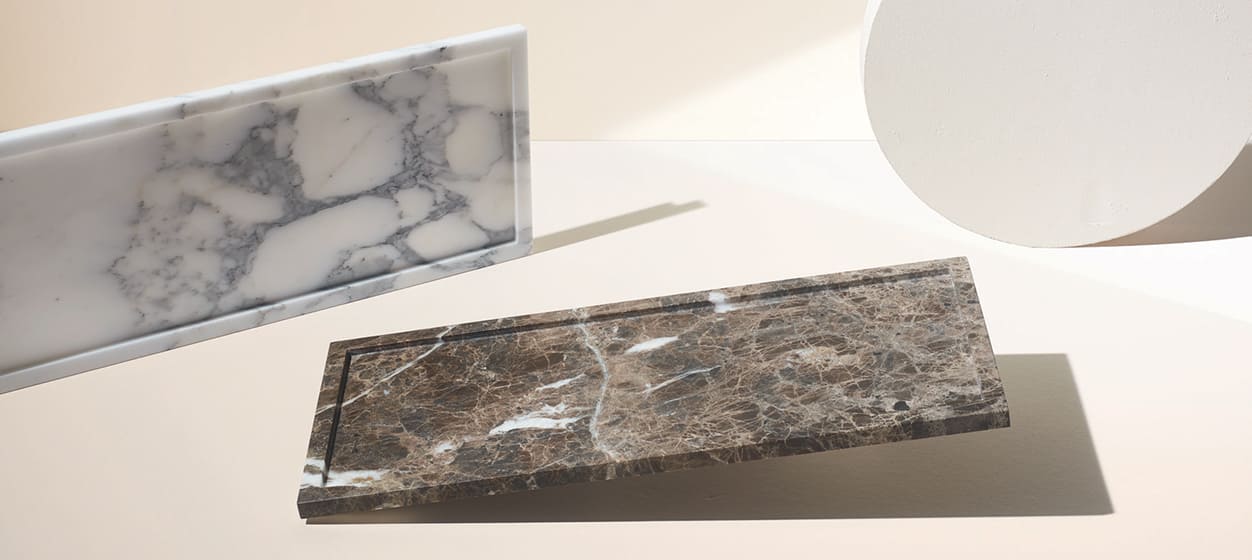
Essential accessories
